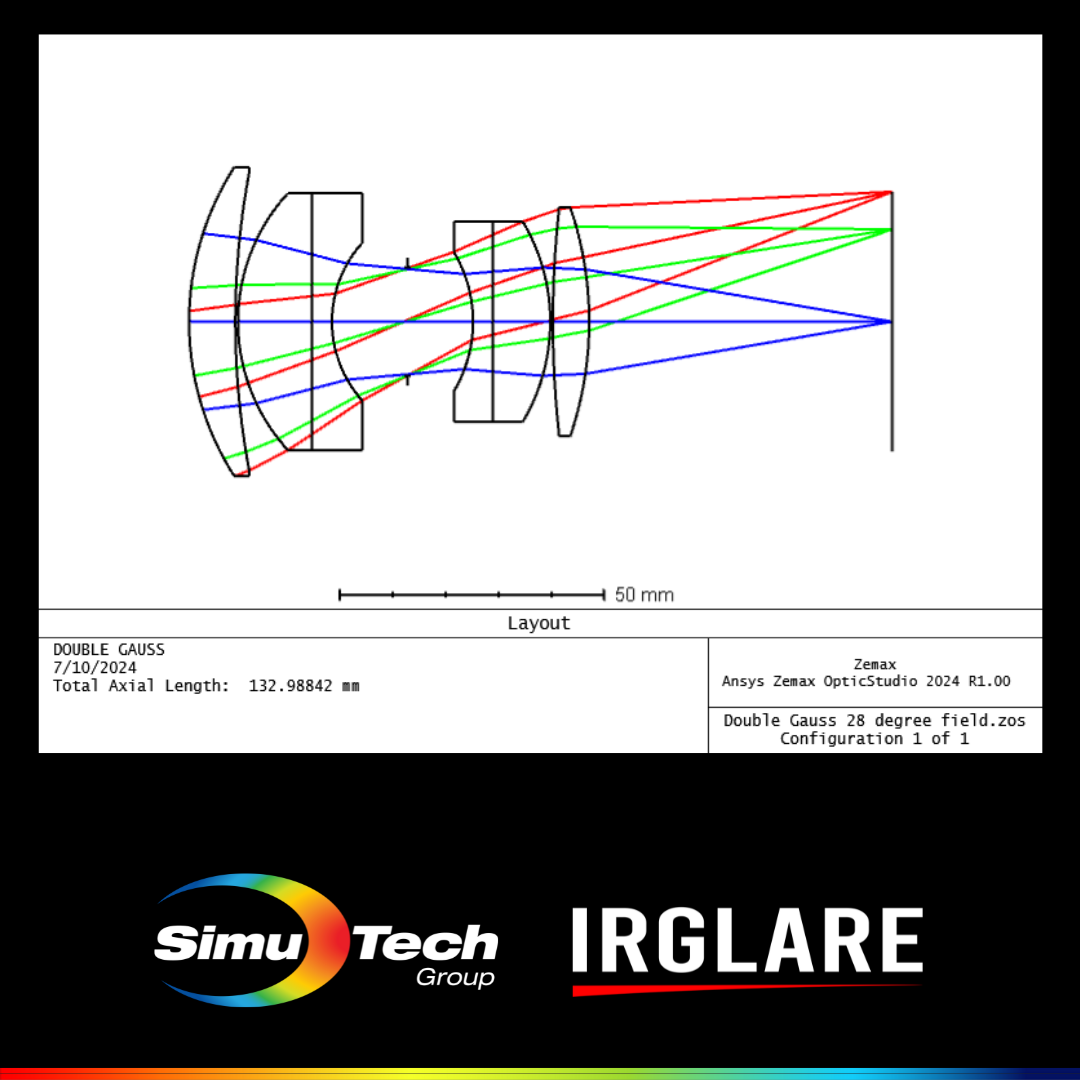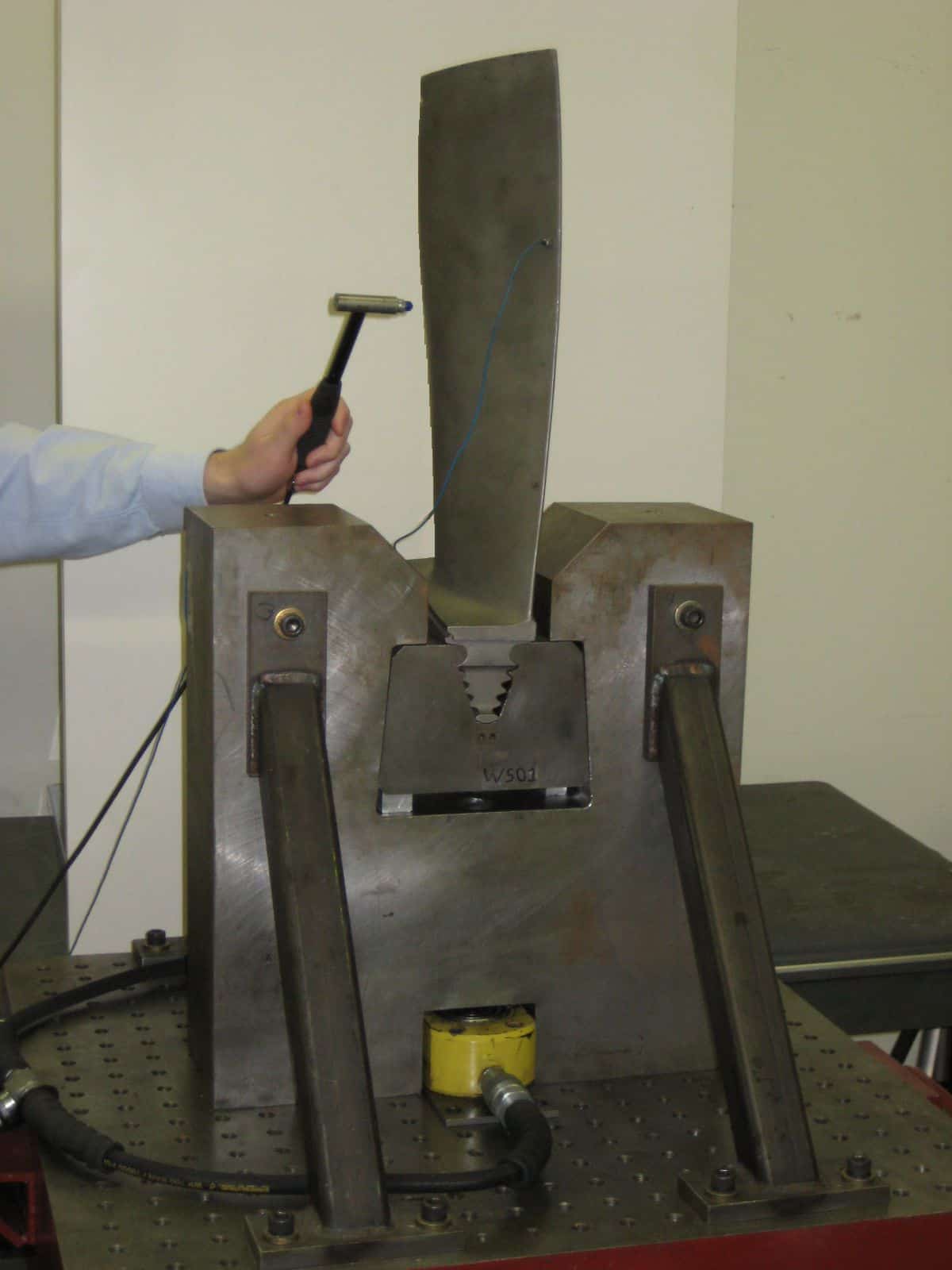Background
By the end of June 2010, Stanley Widmer’s dream had come true.
Back in the 1960’s, Stanley Widmer raced wooden boats. Since that time, he came up with an idea to create plastic molded double hull boat that would be safer than existing steel designs. That idea is now patented and has been funded by the U.S. Government to build a test boat to prove out the concept.
We just would like to say SimuTech Group did an excellent job regarding that 7-meter FEA study. We consulted with a lot of other companies before finding SimuTech Group. None of the others could figure it out.
-Stanley Widmer, President and Design Engineer of Stanley Widmer Associates Inc.
Challenge
Along with this new idea came many engineering and design issues that had to be solved. For instance, how can a 7-meter boat be rotomolded? Is the design strong enough to withstand 3-foot wave impacts? Is it possible to assess the design before building an expensive prototype?
As President and Design Engineer of Stanley Widmer Associates Inc. in Staples, Minnesota, Stanley turned to the explicit dynamic experts at SimuTech Group to help validate his design. According to Stanley, after the first round of studies, “we just would like to say SimuTech Group did an excellent job regarding that 7-meter FEA study. A lot of other companies could not figure it out.”
Solution
In completing this design validation, SimuTech Group build a virtual prototype of the 7-meter boat and did several numerical simulations such as structural static, modal and dynamic. SimuTech Group performed CFD analyses in order to evaluate the hydrodynamic performance of the boat.
During May and June 2010, Stanley Widmer’s dream came true. The first sea trials were a success, proving that the boat reduces the impact of uneven water at high speeds and is tough enough to hold up under extreme conditions.
Stanley Widmer’s hypothesis is that the boat design would absorb wave impact energy, thereby reducing the impact G-force on occupants. Widmer’s own water testing supported his theory, offering an incredibly soft ride. After Widmer’s testing, the boat went to Naval Sea Systems Command (NAVSEA) Naval Surface Warfare Center Carderock Division (NSWCCD), Combatant Craft Division Test and Evaluation Facility on Fort Monroe in Hampton Virginia. A formal summary should be released by June and the results sound very promising.





